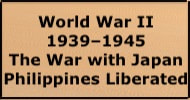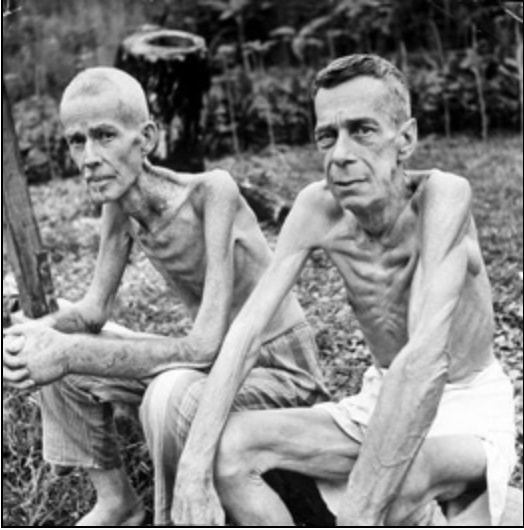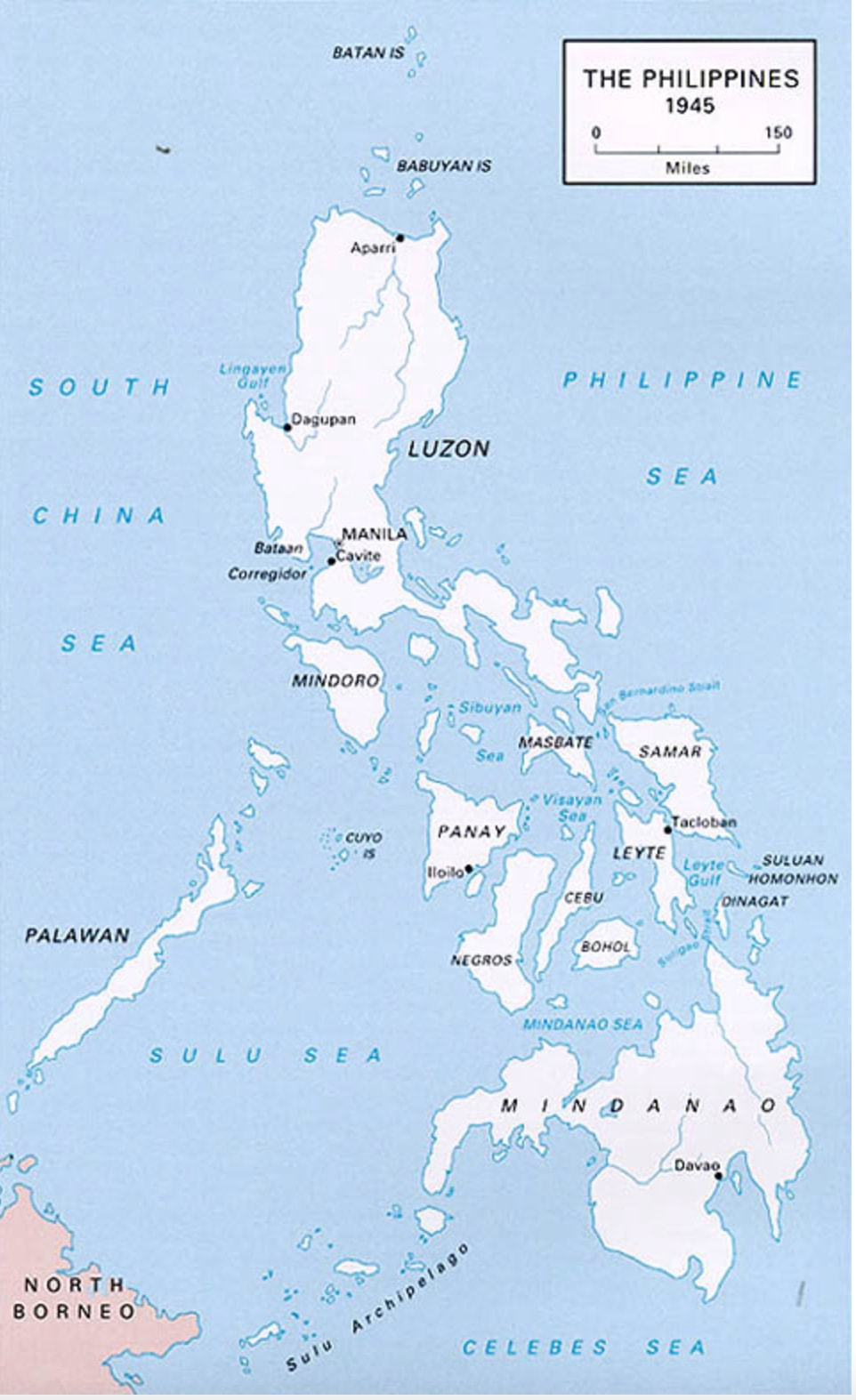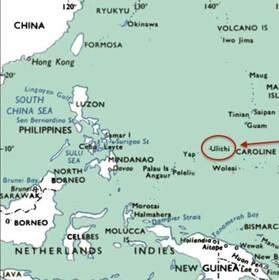bigpigeon.us webpage WWII Japan > Philippines Liberated, © 2024 by Robert A. Christiansen, updated by RAC 23 Mar 2024.
The Philippine Islands liberation began with the Leyte Island landing in October 1944 and was followed by the main island of Luzon landing in January 1945. By March 1945, key parts of the Philippines lay in American hands, but combat in remote areas continued until the War with Japan ended in August 1945.
The Philippine Islands liberation began with the Leyte Island landing in October 1944 and was followed by the main island of Luzon landing in January 1945. By March 1945, key parts of the Philippines lay in American hands, but combat in remote areas continued until the War with Japan ended in August 1945.
Links to Big Pigeon's WWII Japan > Philippines Liberated subpages:
Major United States military units involved in the 1944-45 Philippines Campaign were:
- Sixth Army - General Walter Krueger
- Eighth Army - General Robert Eichelberger
- 7th Fleet - Admiral Thomas Kinkaid
- 3rd Fleet - Admiral William Halsey
- 5th Air Force - General George Kenney
|
The long and bloody liberation of the Philippines in 1944 and 1945 cost nearly 20,000 American lives, and far more lives of both the Japanese enemy and Filipino civilians.
I view the liberation as consisting of five stages: 17 October - 26 December 1944, Sixth Army - the Leyte invasion and subsequent land battles, 3,593 American dead. 23-25 October 1944, Third & Seventh Fleets - the Battle of Leyte Gulf, 2,800 dead. 13-16 December 1944, Sixth Army - the Mindoro invasion, 151 dead, mostly in kamikaze attacks. (Mindoro was seized to provide close air support on Luzon.) 9 January - 15 August 1945, Sixth Army - the Luzon invasion at Lingayen Gulf and subsequent land battles, 10,640 dead. 27 February - 15 August 1945, Eighth Army - the recapture of the southern Philippines, ending with the Mindanao campaign, 2,100 dead. The liberation of the Philippines included two major and numerous smaller amphibious landings, several paratroop drops, and grueling land campaigns. It also included what was arguably the largest sea battle in history. As great as United States losses were, they would have been substantially higher were it not for the support of many thousands of Filipino guerrillas. |
|
The large-scale operations in the Philippines relied on support from a number of advance bases. Counterclockwise from the bottom right on the map:
|
Sources for Big Pigeon's WWII Japan > Philippines Liberated webpage:
- The webpage header photo, Santo Tomas Prisoners, shows two recently liberated American prisoners of the Japanese who had been held at the Santo Tomas camp in Manila. This Carl Mydans photo, courtesy of https://www.us-japandialogueonpows.org/Santo%20Tomas%20liberation.htm, appeared in the 5 March 1945 issue of Life Magazine. The caption reads "Two starved men sit outside university’s gym-hospital. They are Lee Rogers (left), a retired employee of Cavite Navy Yard, and John C. Todd, a miner. When Rogers entered Santo Tomas he weighed 145 pounds. Now he weighs 90 pounds. Todd dropped from 178 pounds to 102. Behind them is one of the vegetable gardens which internees grew to keep themselves alive."
- The Philippine Islands map is from https://history.army.mil/brochures/southphil/southphils.htm.
- The Philippines Area Map is courtesy of marksremnants.blogspot.com.
- https://en.wikipedia.org/wiki/Philippines_Campaign_(1944–1945) is a well-written summary of the reconquest of the Philippine Islands.
- I used the https://en.wikipedia.org/wiki/List_of_battles_with_most_United_States_military_fatalities battle death figures.




